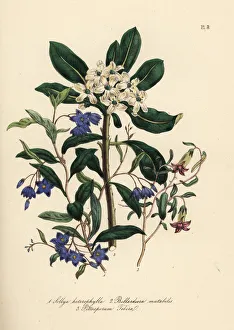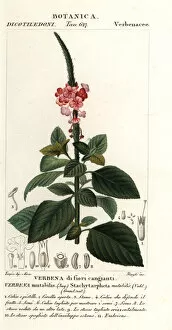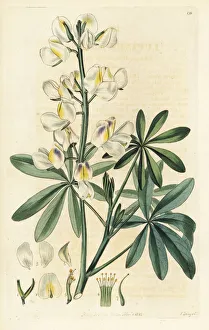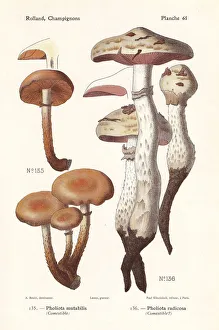Mutabilis Collection
"Discover the Beauty of Mutabilis: A World of Change and Adaptation" Mutabilis, a term that encompasses various species across different plant families
All Professionally Made to Order for Quick Shipping
"Discover the Beauty of Mutabilis: A World of Change and Adaptation" Mutabilis, a term that encompasses various species across different plant families, represents nature's incredible ability to adapt and transform. From the enchanting Sollya with its delicate blue flowers to the alluring changeable apple-berry and Chinese pittosporum, these plants showcase their ever-changing colors and forms. Intriguingly, we encounter the mesmerizing Changeable velvetberry, Stachytarpheta mutabilis, whose blossoms shift from vibrant purple to soft pink as they mature. Similarly captivating is the Indian chrysanthemum, Chrysanthemum indicum, which surprises us with its diverse range of hues. The changeable-colored lupine, Lupinus mutabilis, exhibits an astonishing transformation in its petals' shades – a true marvel of nature's artistry. Meanwhile, hidden among forests are unique specimens like sheathed woodtuft and rooting poison pie; their names alone evoke curiosity about their mysterious characteristics. Not limited to land-dwelling flora alone; even aquatic life showcases this remarkable trait. Actiniae or sea anemones demonstrate stunning color shifts as they sway gracefully beneath ocean waves. Delving deeper into this world of adaptation brings us face-to-face with Lachenalia mutabilis – a striking flower that changes its appearance throughout its blooming period. Its allure lies not only in one fixed form but in multiple variations it presents over time. Billardiera mutabilis or apple berry entices our taste buds with fruits that evolve from tartness to sweetness as they ripen on vines – truly a treat for both eyes and palate alike. As we explore further into scientific realms such as Curtis British Entomology Plate 70 or delve into microscopic organisms like changeable cercaria (Cercaria mutabilis), we witness how even at minuscule levels, nature's adaptability continues to astound.















